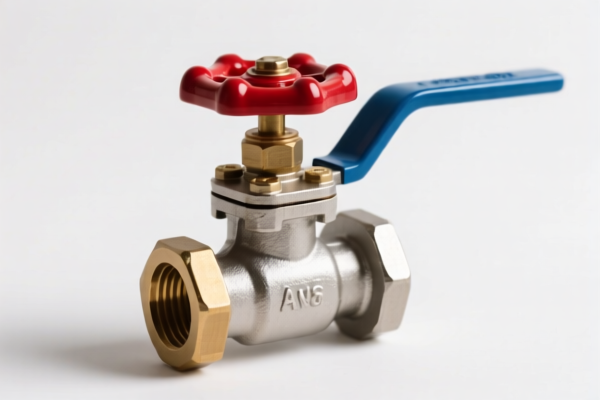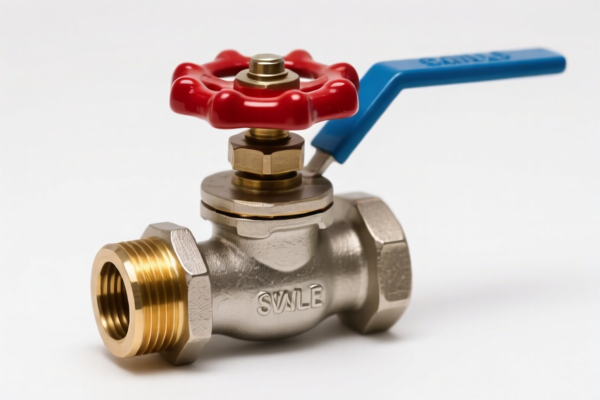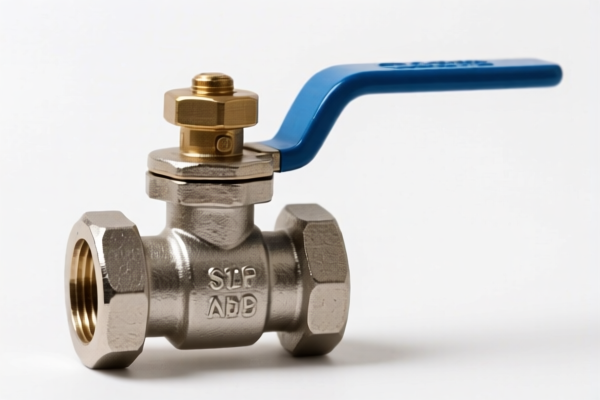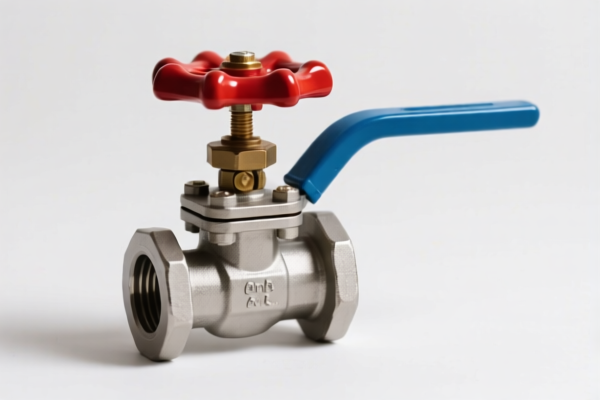| HS Code | Official Doc | Tariff Rate | Origin | Destination | Effective Date |
|---|---|---|---|---|---|
| 8481100020 | Doc | 57.0% | CN | US | 2025-05-12 |
| 8481100040 | Doc | 57.0% | CN | US | 2025-05-12 |
| 7326908688 | Doc | 82.9% | CN | US | 2025-05-12 |
| 7326908688 | Doc | 82.9% | CN | US | 2025-05-12 |




Water Valve
A water valve is a control device used to regulate, direct, or stop the flow of water within a piping system. They are fundamental components in numerous applications, ranging from household plumbing to large-scale industrial processes.
Material
Water valves are constructed from a variety of materials, selected based on the intended application, water quality, temperature, and pressure requirements. Common materials include:
- Brass: Frequently used in residential plumbing due to its corrosion resistance, machinability, and affordability. However, it may not be suitable for all water types due to potential lead leaching concerns in some alloys.
- Bronze: Offers superior corrosion resistance compared to brass, making it suitable for seawater and more aggressive water conditions.
- Stainless Steel: Provides excellent corrosion resistance and durability, often employed in industrial and sanitary applications. Grades like 304 and 316 are common.
- Cast Iron: Historically used for larger valves in water mains and industrial systems, offering strength and durability, but prone to corrosion. Often coated or lined.
- PVC/CPVC: Plastic valves suitable for irrigation, drainage, and chemical processing, offering corrosion resistance and low cost, but limited temperature and pressure capabilities.
- Ductile Iron: A stronger form of cast iron, offering improved strength and ductility, often used in municipal water systems.
Purpose
The primary purpose of a water valve is to control water flow. This control can manifest in several ways:
- On/Off Control: Completely stopping or allowing water flow.
- Flow Regulation: Adjusting the amount of water passing through the valve.
- Pressure Regulation: Maintaining a consistent downstream water pressure.
- Directional Control: Directing water flow to different branches of a piping system.
- Backflow Prevention: Preventing the reverse flow of water, protecting the water supply from contamination.
Function
Water valves function by manipulating a flow passage within the valve body. This is achieved through various mechanisms, typically involving a closure element (e.g., gate, globe, ball, butterfly) that restricts or opens the passage. The specific function is determined by the valve type.
Usage Scenarios
- Residential Plumbing: Controlling water supply to fixtures (sinks, toilets, showers), appliances (washing machines, dishwashers), and entire homes.
- Irrigation Systems: Regulating water flow to sprinklers, drip lines, and garden hoses.
- Industrial Processes: Controlling water flow in cooling systems, chemical processing, and manufacturing.
- HVAC Systems: Controlling water flow in heating and cooling loops.
- Municipal Water Distribution: Controlling water flow in water mains, reservoirs, and treatment plants.
- Fire Suppression Systems: Controlling water flow to sprinklers and fire hoses.
Common Types
- Gate Valve: Provides full flow when open, but is not ideal for throttling. Used for on/off control.
- Globe Valve: Excellent for throttling and flow regulation, but offers higher flow resistance.
- Ball Valve: Provides quick on/off control with minimal flow resistance. Commonly used in residential and commercial applications.
- Butterfly Valve: Lightweight and compact, suitable for large diameter pipes and low-pressure applications.
- Check Valve: Allows water flow in only one direction, preventing backflow.
- Angle Valve: Used to connect fixtures to water supply lines, often found under sinks and toilets.
- Pressure Reducing Valve (PRV): Reduces high upstream water pressure to a lower, consistent downstream pressure.
- Solenoid Valve: Electrically controlled valve used for automated water control.
- Float Valve: Automatically controls water level in tanks and reservoirs.
- Needle Valve: Fine control of water flow, used in precision applications.
Water valves fall under the category of taps, cocks, valves and similar appliances for pipes, boiler shells, tanks, vats or the like, including pressure-reducing valves and thermostatically controlled valves. Based on the provided information, the following HS codes are relevant:
- 8481100020: This HS code covers taps, cocks, valves and similar appliances, specifically Pressure-reducing valves Hydraulic fluid power type. This would apply if the water valve is designed to reduce hydraulic pressure within a water system. The total tax rate is 57.0%, comprised of a 2.0% base tariff and a 25.0% additional tariff, increasing to 30.0% after April 2, 2025.
- 8481100040: This HS code covers taps, cocks, valves and similar appliances, specifically Pressure-reducing valves Pneumatic fluid power type: Filter-regulators and filter-regulator-lubricators. If the water valve incorporates filter or lubrication functions alongside pressure regulation for a pneumatic water system, this code applies. The total tax rate is also 57.0%, with a 2.0% base tariff and a 25.0% additional tariff, increasing to 30.0% after April 2, 2025.
It is important to note that these codes specifically relate to pressure-reducing valves. If the water valve does not function as a pressure-reducing valve, these codes may not be appropriate.
According to the provided reference material, the HS code options related to 'water valve' are limited, with only the following 2 found.
Customer Reviews
No reviews yet.